Breadcrumb
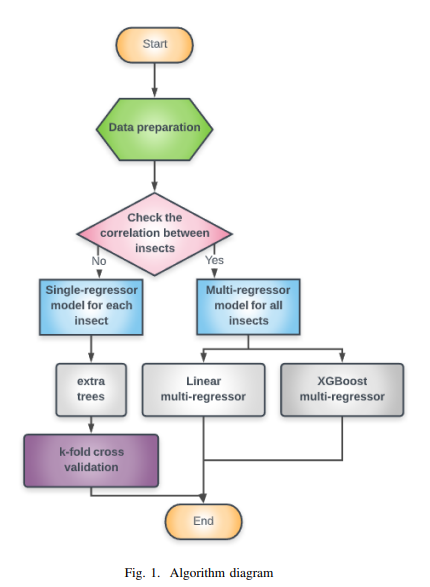
Guava Trees Disease Monitoring Using the Integration of Machine Learning and Predictive Analytics
The increase in population, food demand, and the pollution levels of the environment are considered major problems of this era. For these reasons, the traditional ways of farming are no longer suitable for early and accurate detection of biotic stress. Recently, precision agriculture has been extensively used as a potential solution for the aforementioned problems using high resolution optical sensors and data analysis methods that are able to cope with the resolution, size and complexity of the signals from these sensors. In this paper, several methods of machine learning have been utilized
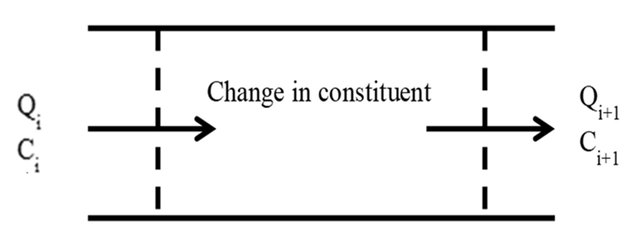
Determining the effect of changing channel geometry of irrigation canals on dissolved oxygen concentration
Dissolved oxygen (DO) is an important water quality parameter. It is considered the most important parameter. DO concentration in water is affected by different parameters such as volume flow rate, water velocity, and re-aeration rate. Those parameters are directly affected by the geometry of the waterway. Thus, studying the impact of changing channel geometry on DO is very important. Many researchers studied the effect of influential parameters on water quality variables but the influence of channel geometric parameters on DO was not studied thoroughly before. This research aims to study the
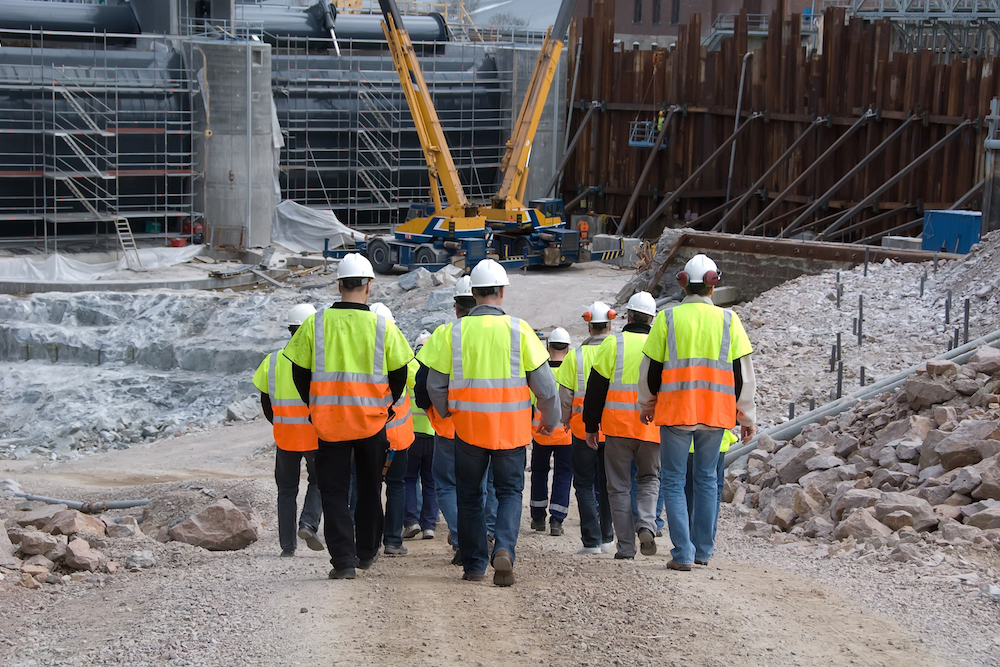
Labour productivity in building construction: A field study
This paper describes a field study conducted over a period of 11-months on labour productivity observed during the construction of a new university campus in Cairo, Egypt. The campus is being built on 127 acres and the field study was conducted during the construction of two main buildings; each of 20,000 m 2 built up area. The study utilized work sampling (WS), craftsman questionnaire (CQ), and foreman delay survey (FDS) methods to analyze labour productivity of three indicative and labour-intensive trades, namely formwork, masonry work, and HVAC duct installation. The results were also
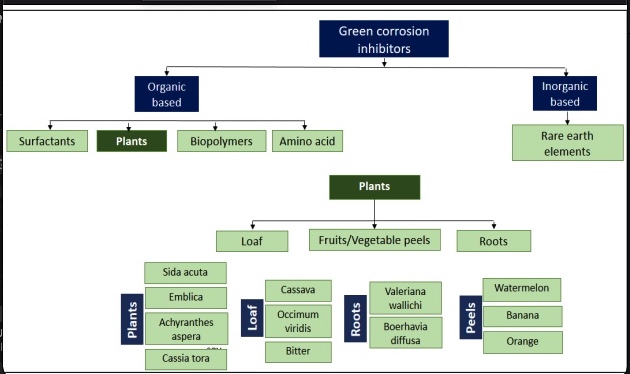
A critical review on green corrosion inhibitors based on plant extracts: Advances and potential presence in the market
Corrosion occurs in all sectors including oil pipelines, drinking water and sewerage in the majority of cases linked to corrosion of steel. Good corrosion management includes optimising corrosion control actions and minimising lifecycle corrosion costs whilst meeting environmental goals. The toxicity of commonly used synthetic inhibitors are the subject of recent legislations (REACH and PARCOM) have led to search on more eco-friendly corrosion inhibitors. Extensive research is conducted to assess the corrosion inhibition rate of diverse green inhibitors. However, it was not adequately
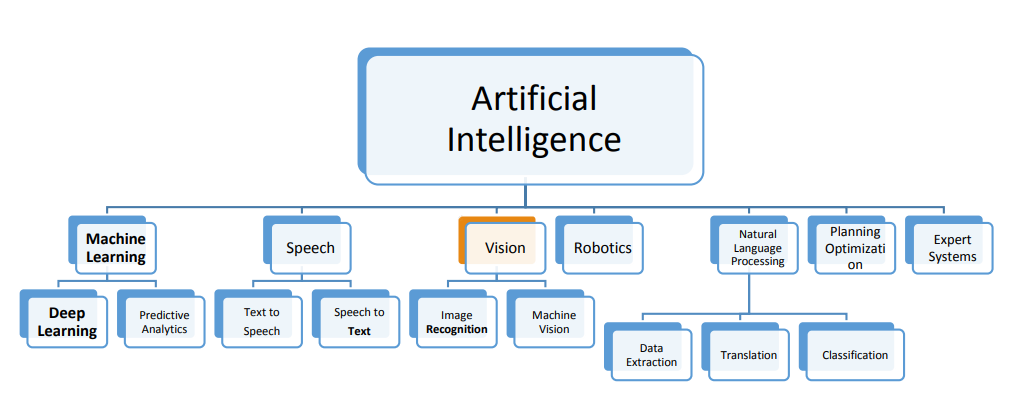
Artificial intelligence for retail industry in Egypt: Challenges and opportunities
In the era of digital transformation, a mass disruption in the global industries have been detected. Big data, the Internet of Things (IoT) and Artificial Intelligence (AI) are just examples of technologies that are holding such digital disruptive power. On the other hand, retailing is a high-intensity competition and disruptive industry driving the global economy and the second largest globally in employment after the agriculture. AI has large potential to contribute to global economic activity and the biggest sector gains would be in retail. AI is the engine that is poised to drive the
Improved Semantic Segmentation of Low-Resolution 3D Point Clouds Using Supervised Domain Adaptation
One of the key challenges in applying deep learning to solve real-life problems is the lack of large annotated datasets. Furthermore, for a deep learning model to perform well on the test set, all samples in the training and test sets should be independent and identically distributed (i.i.d.), which means that test samples should be similar to the samples that were used to train the model. In many cases, however, the underlying training and test set distributions are different. In such cases, it is common to adapt the test samples by transforming them to their equivalent counterparts in the
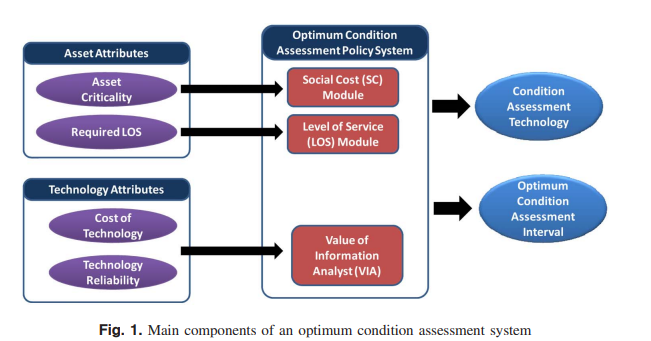
Optimizing inspection policies for buried municipal pipe infrastructure
Condition assessment is an integral component in any infrastructure asset management system. Without condition information, asset managers lack the ability to make appropriate decisions regarding needed maintenance, rehabilitation, and replacement of infrastructure. Existing and emerging technologies for assessing the condition of water and sewer pipes provide a better picture of the state of these buried assets. Unfortunately, many of these technologies are costly and provide results that are not always highly reliable. This paper presents a methodology to assist asset managers in balancing
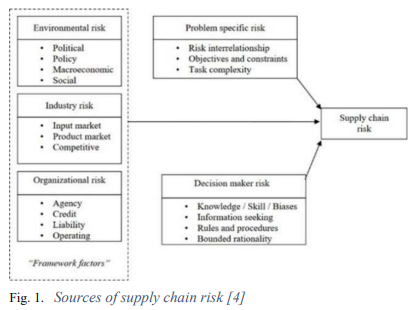
Supply Chain Risk Assessment Using Fuzzy Logic
Business's strength arises from the strength of its supply chain. Therefore, a proper supply chain management is vital for business continuity. One of the most challenging parts of SCM is the contract negotiation, and one main aspect of the negotiation is to know the risk associated with each range of quantity agreed on. Currently Managers assess the quantity to be supplied based on a binary way of either full or 0 supply, This paper aims to assess the corresponding quantities risks of the suppliers on a multilayer basis. The proposed approach uses fuzzy logic as an artificial intelligence
Cole-Cole Bio-Impedance Parameters Extraction from a Single Time-Domain Measurement
We show that the four parameters of a single-dispersion Cole-Cole bio-impedance model can be extracted from an one time-domain measurement with a fixed frequency. In particular, a periodic triangle waveform current excitation signal is injected into the biological sample under study while measuring the voltage developed across this sample in a galvanostatic measurement setup. The voltage response due to this triangle-wave excitation is firstly analytically derived in closed form. After that the Flower Pollination optimization Algorithm (FPA) is applied to extract the unknown model parameters
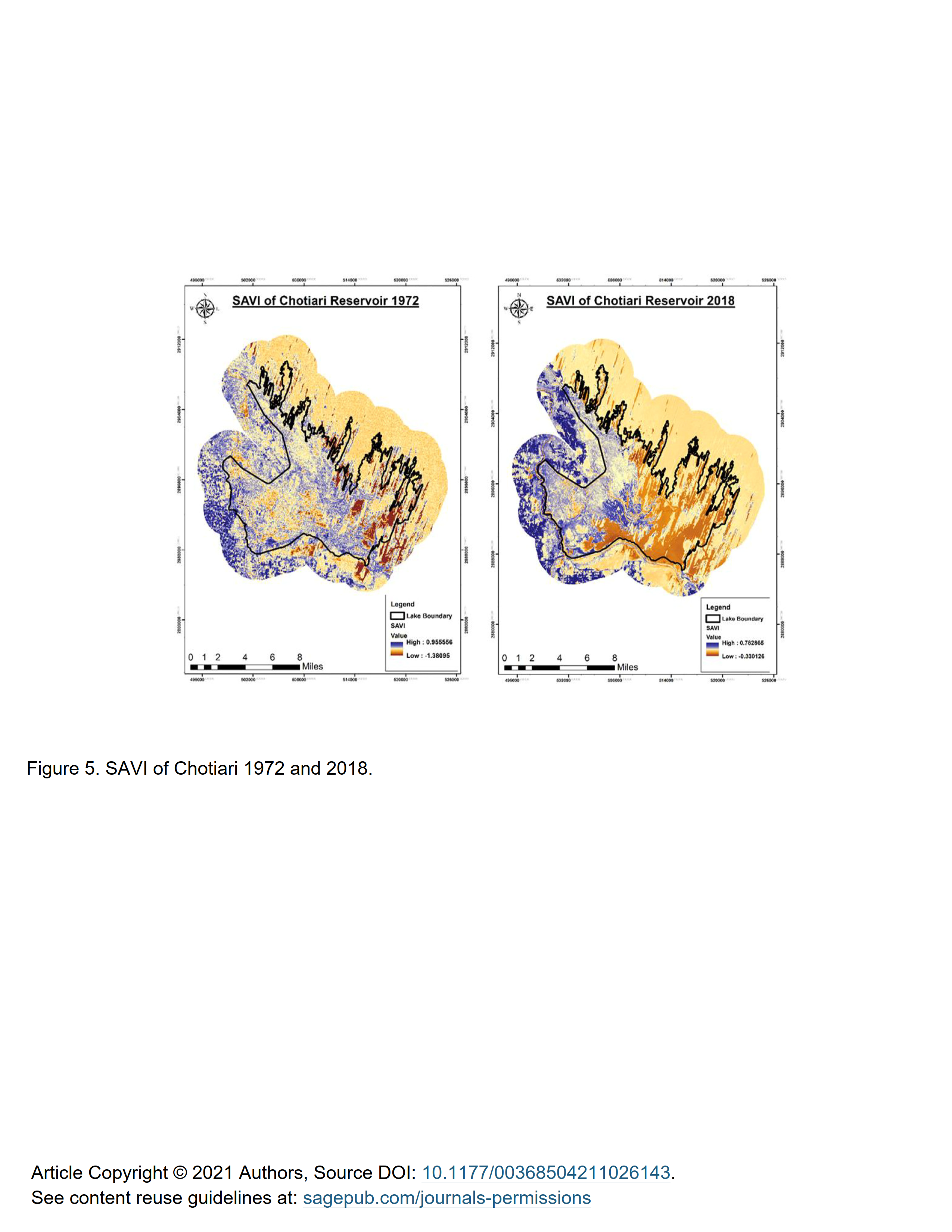
Geospatial analysis of wetlands based on land use/land cover dynamics using remote sensing and GIS in Sindh, Pakistan
In this study, the Land Use/Land Cover (LULC) change has been observed in wetlands comprises of Manchar Lake, Keenjhar Lake, and Chotiari Reservoir in Pakistan over the last four decades from 1972 to 2020. Each wetland has been categorized into four LULC classes; water, natural vegetation, agriculture land, and dry land. Multitemporal Landsat satellite data including; Multi-Spectral Scanner (MSS), Thematic Mapper (TM), and Operational Land Imager (OLI) images were used for LULC changes evaluation. The Supervised Maximum-likelihood classifier method is used to acquire satellite imagery for
Pagination
- Page 1
- Next page ››
